One of my favorite aspects of painting is that it broadens my view of the world more than anything else. This is because I continually try to get outside of my own mind by observing and painting what I see. Thanks to the painting fundamentals, instead of just being confined to my own ideas, I can step back and look at the world around me in terms of shapes of light and color. This is all part of the process of developing the eyes of an artist.
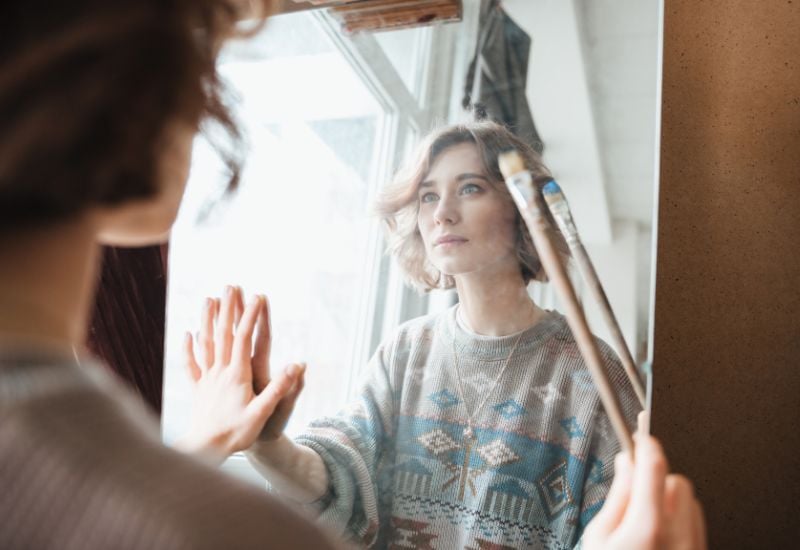
Whenever I let myself observe the world like this, it gives me a much larger perspective on what is out there. An ordinary object becomes an extraordinary combination of colors and values. We are all capable of seeing the absolutely stunning and harmonious combinations of color that surround us everyday. You just need to train your eyes to be able to see it.
Adjusting the way you look at the world
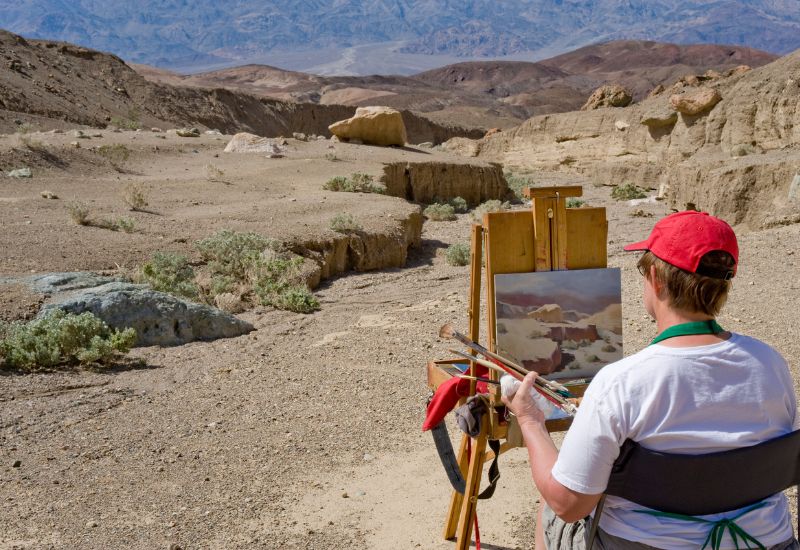
The ability of painting to transport us into a different view of what we see, is exactly where its power lies. When a viewer sees a painting, they are invited to experience the harmony of color that would otherwise go unnoticed in their everyday observations. This way of seeing changes our perception of the world entirely and makes us appreciate our world on an entirely different level.
The painter is able to create work on such a level because they learn how to get outside of their own mind and open their eyes to see how special and beautiful a particular combination of colors are – in a way that is entirely unobvious to the untrained viewer.
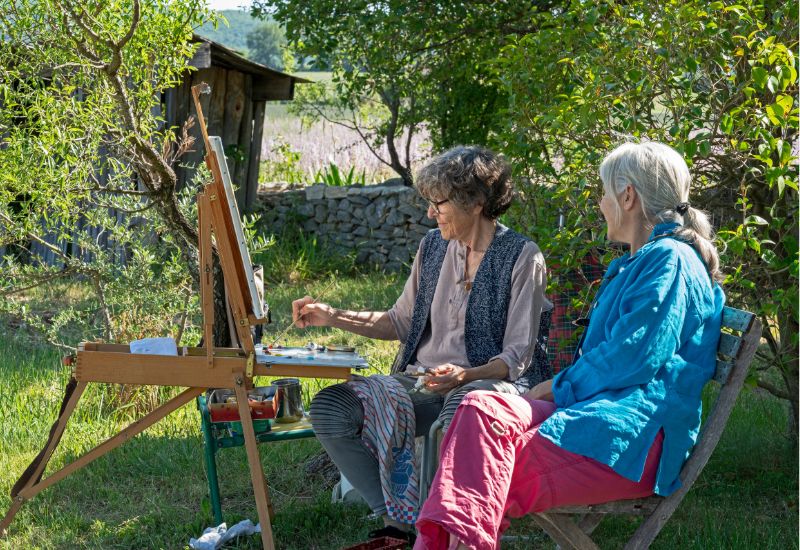
It is easy to get wrapped up in our own problems and difficulties. Something I am sure we all experience to varying degrees on a daily basis. The special gift of painting is that it allows us to step out of our own minds and really look outside of ourselves to experience our visual world in all its richness. Though the lingering question is how do we get there?
Learning to see as an artist
In order to get outside of yourself while painting you need to train yourself to have the eyes of an artist. The fundamentals of painting are essential to be able to see in this way. With them, you can start to see the world not as objects but as different combinations of colors and values. This is absolutely essential to be able to lose yourself in your subject matter and objectively see what you are looking at purely as color and value.

Paint what you see not what your mind sees
It is a difficult process to get yourself to focus entirely and exclusively just on what you see without being influenced by what YOU think you see. The fact is, that it is just as hard as it is liberating. It is very freeing to get outside of your own world and experience color in a fundamentally different way. That is, as harmonious combinations instead of things and objects. It opens up an entirely new world of possibilities.
Using the fundamentals to step outside yourself
The fundamentals break down our visual world into abstract forms that work with painting. When we paint, our medium is color, light and dark values. The fundamentals show us how to interpret our materials into the language of painting. Therefore, they open up an altogether new range of possibilities that allow us to translate anything we see into a painting.
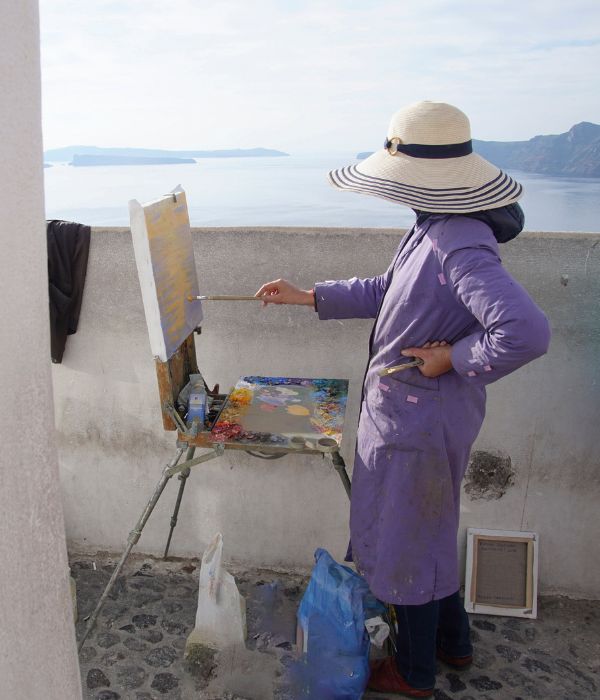
By learning and building on our understanding of the fundamentals of painting, we can get outside of our own minds and observe the world around us in ways that expand our visual understanding. It allows us to be able to paint harmonious compositions filled with color that capture beauty in very unexpected ways.
Re-learn how you see objects
In order to see the world in terms of colors instead of objects you need to train yourself well. Above anything else, it is important to simplify and see clear light and dark values. This will serve as the basis of everything else you do.
Look for shapes of light and dark
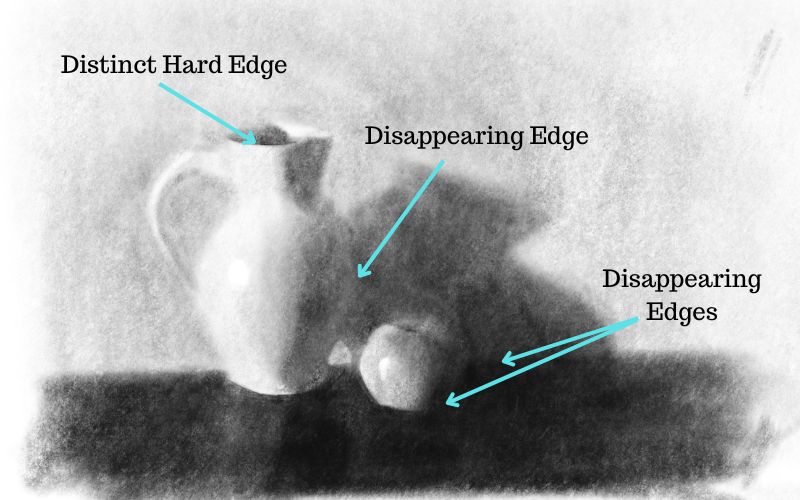
Force yourself to not get caught up in details – but notice the large light and dark value shapes. This is what helps you to really draw/ paint what you see and get outside of your mind. Also, don’t consider the the physical boundary of an object as its edge. Rather consider the areas that have strong value contrasts as “boundaries” or edges. Notice how the drawing above shows dark values extend beyond the edges of the objects.
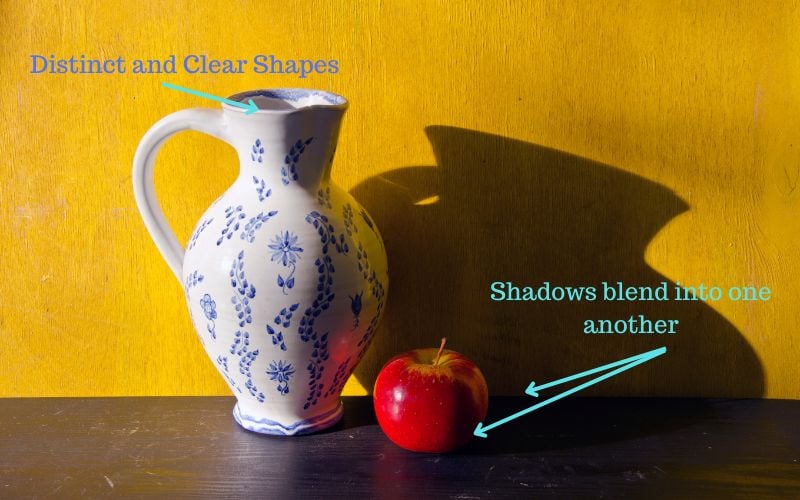
Thumbnail value drawings
A good way to develop your eye for seeing values clearly is to create thumbnail value drawings. Working on a small scale makes it easier to see the basic simple values. Always start by focusing on the simple tonal values of a scene. Break down what you see into simplified light and dark areas of value.
See color as shapes
Once you feel confident with light and dark values, then you can start to focus on seeing color spots or shapes of color. This is a great way to break down the world into simple shapes, instead of complex objects.
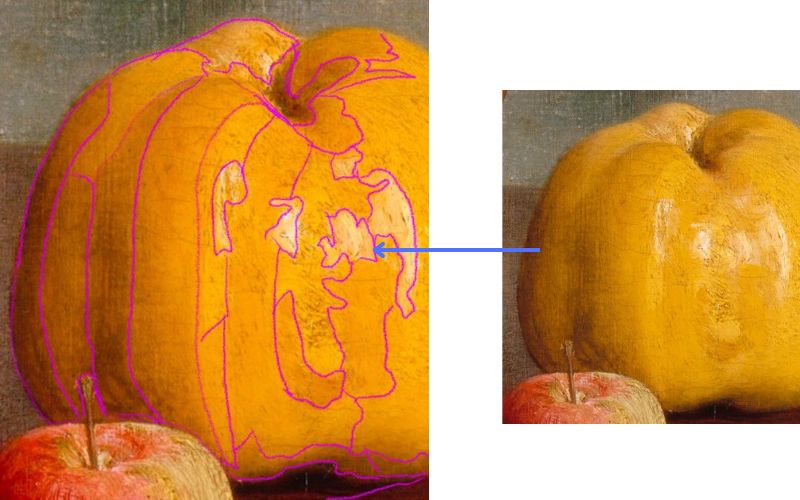
Study what you see
Start by simply looking around your room and focus on the different colored shapes you see. Take a few minutes to really look at each shape. Such as noticing the colors within them or any patterned texture they may have. Don’t let yourself get distracted by what the object is—just focus on its shapes of color. This helps train your eye to see as a painter.
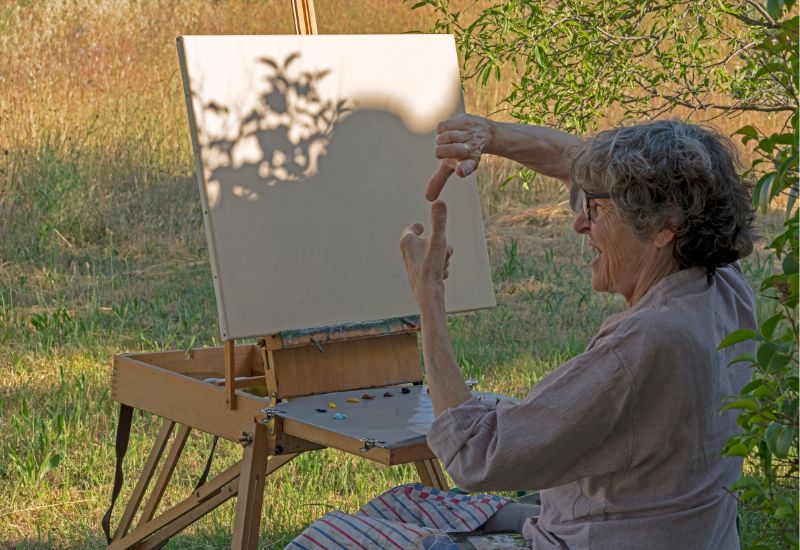
From the time we are children we are learning to see objects as things instead of shapes of color. So, learning to develop eyes of an artist and see shapes of color really requires a lot of unlearning of old habits and engaging with new ones. It is therefore important to be patient with yourself!
Painting with color spots
Working in real life and painting shapes and spots of color is the way to truly learn to paint what you see, and not what your mind thinks you see. You need to put into action how you are training your eye to see color above object. You can intellectually understand how to simplify and see in spots of color. While at the same time not be able to make it happen in your painting.

So, it’s not just about recognizing shapes of color. But also being able to create the combinations of color spots happen on your canvas. This skill applies to any painting style – realistic, abstract and everything in between. No matter what type of painting you work in, it is essential to see and paint in spots of color. This is a central part of the language of painting.
The process of learning how to see
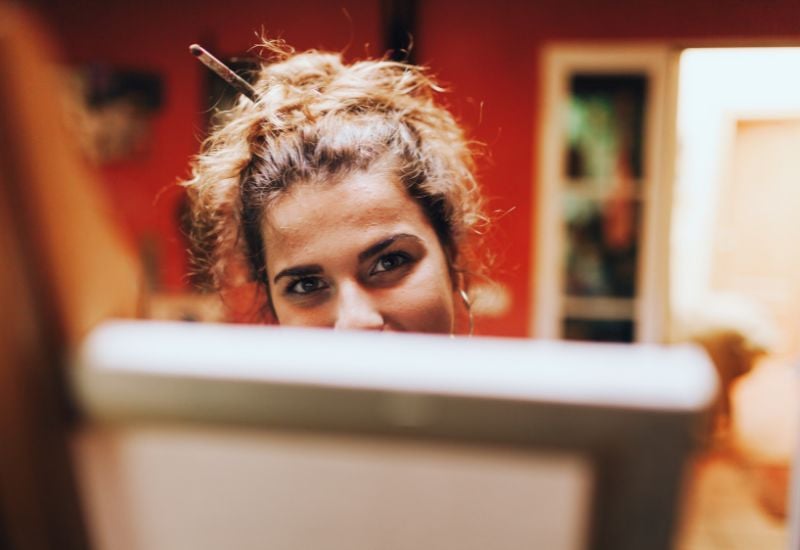
As is everything with painting, it is a process to learn how to get outside of ourselves and see the world unadulterated by our own impositions. This is just as relevant to the complete beginner as it is to the professional well seasoned artist.
It is a constant life long process to remind ourselves to get outside of our minds, and open our eyes to the astonishingly beautiful color harmonies that exist even in the most mundane of places. It is precisely in doing this that we as painters can help others see the extraordinary in the ordinary.

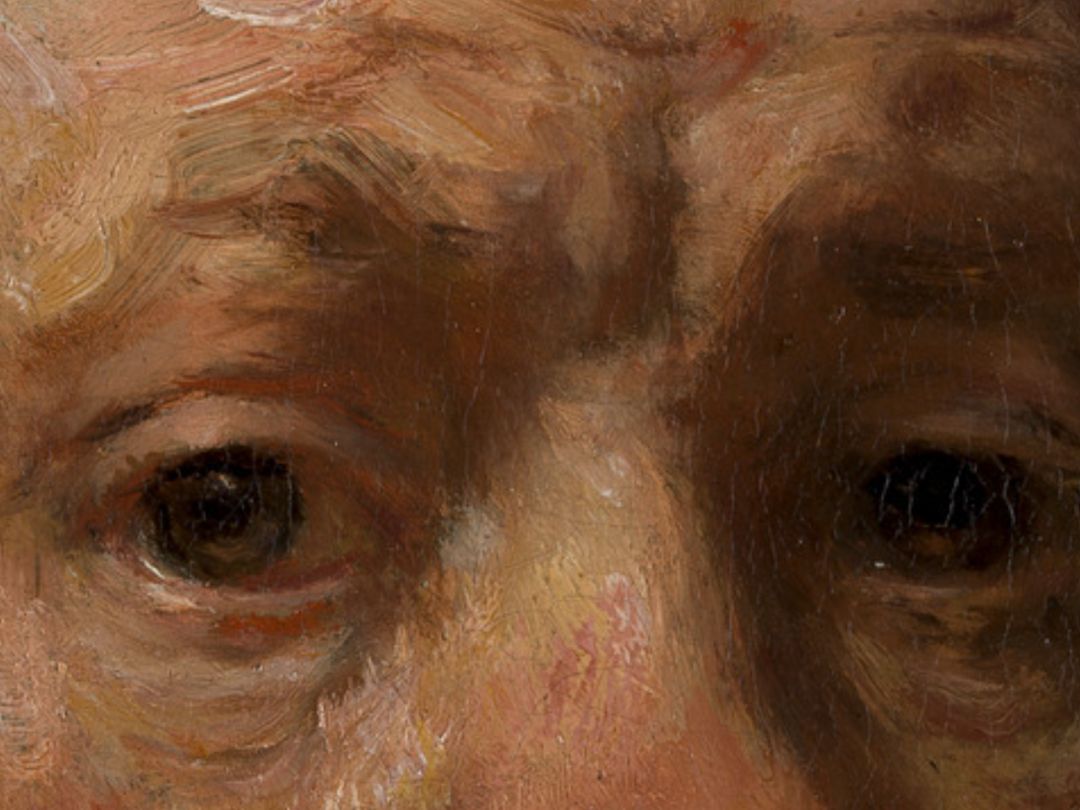

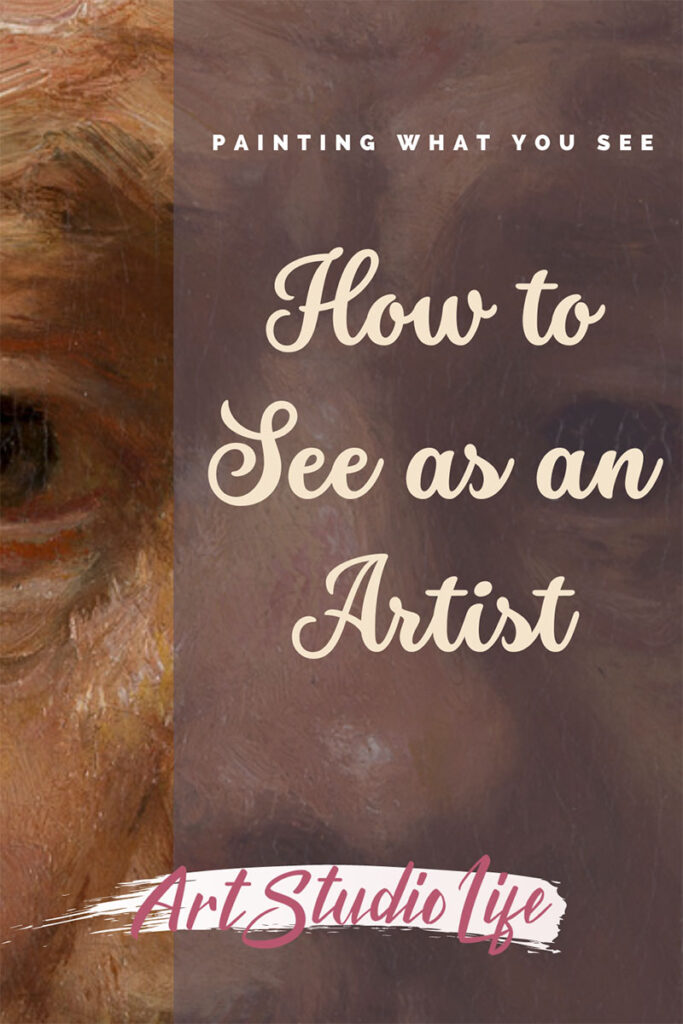


12 thoughts on “Painting What You See: How to Develop Your Eye as an Artist”
Hi Elizabeth.. I have been painting for years but my skill is not what I would like it to be. Hopefully with your help I can learn more skills that will help me get through this tough time. I am working on a landscape that has a sun peaking through the branches of the tree. Oh! I just can’t seem to get it to look like I want. I am using oils and it seems like they take forever to dry. I did come up with a lamp that I leave on all the time to try and dry my picture enough so I can paint over quicker . I’ll be watching for any information you have to help me do better. Thanks so much for all your help so far.
Hi Judith! Am glad that you found the Art Studio Life website to help you grow your skills. One thing that will help your oil paints to dry faster is to mix in some liquin into your paint – this speeds up the drying process quite a bit. If you ever want more information on a topic I recommend to use the search function on this website – that will bring up relevant articles and information for you to reference! 🙂
When I started painting 18 months ago I noticed that I was looking at trees, plants the ocean in fact everything differently all the different colours in a tree or the sea or beach it was just amazing to look at the world differently after being on it for the last 77 years. I wish I started painting earlier.
Thankyou so much for this paint what you see not what you think you see, I always learn something from you.
You are so welcome Peter, thank you for sharing! It truly is amazing how painting changes how we see in such a significant way. I find this to be one of the biggest benefits of painting.
Hi Elizabeth, as a beginner, one of the things I have done is “colouring” master artists’ paintings on an app lol.
They are somewhat simplified but I have really come to appreciate the use of colour and shape and value. Thanks for inspiring me to give it a try myself.
Hi Daisy, Am so glad this inspired you to try it out yourself! But doing the coloring of master paintings app is a good step as they do show how areas are divided into shapes of color. Something you can do when you work on a master copy panting!
Thanks for the reminder, I have been practicing paint what you see rather than what you think you see, I have reiterated this to my own grand children, who are making some good art. I do see the different colour spots but am still having trouble matching the colours on my palette, will keep praticing and watching your tips, thanks again for all you do to help us.
Wonderful to hear from you Warren! You are so welcome for the reminder. These are things I also continually have to remind myself about. How wonderful that you have been teaching this way of seeing to your grandchildren as well – it is such a gift to be able to start when young. Continually mixing and experimenting helps a lot!
Thanks for the tips on how to look at the world like an artist…like a baseball umpire, you can call em like you see em or call em like they are…..or call em like they should be !
Hi David, Good to hear from you! I like how you compare it to a baseball umpire – so true!
I’ve found this skill rather challenging for some time. Key, I think, is the discipline to consistently use your techniques. My mind has spent a lifetime creating the filters that help me interpret what I’m seeing, so it’s no surprise it will take some time and effort to change that process and develop the discipline. Thanks for sharing your knowledge and encouragement to help us do that.
Hi Bud, Yes I think you are very right in that consistently using fundamental techniques is key. You are so welcome – it is a pleasure for me to the knowledge and experience.